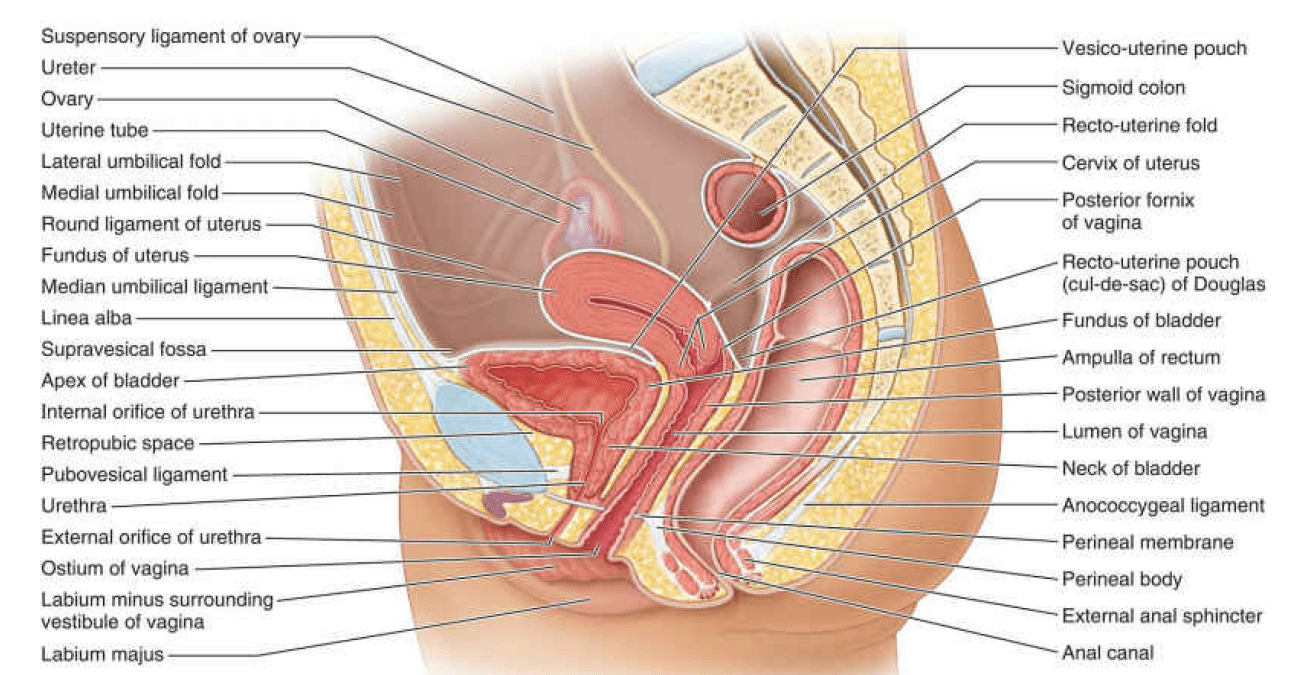Urethral Rupture
content of this page
1- Introduction
2- Anatomical Overview
3- Causes
4- Treatment
Introduction
A urethral rupture is a serious injury to the urethra, the tube that carries urine from the bladder to the outside of the body. This condition is typically caused by trauma and can result in significant complications if not promptly diagnosed and treated.

Anatomical Overview
Male Urethra
- Prostatic Urethra: Passes through the prostate gland.
- Membranous Urethra: Short segment that passes through the external urethral sphincter.
- Spongy (Penile) Urethra: Runs along the length of the penis within the corpus spongiosum.
Female Urethra
- Shorter Urethra: Approximately 4 cm long, passes from the bladder neck to the external urethral orifice, located anterior to the vaginal opening.

Causes
Blunt Trauma:
- Pelvic Fractures: Commonly associated with motor vehicle accidents or falls from height.
- Straddle Injuries: Resulting from falls onto a hard object with legs straddled apart.
Penetrating Trauma:
- Gunshot or Stab Wounds: Can directly injure the urethra.
Iatrogenic Causes:
- Medical Procedures: Complications from catheterization, cystoscopy, or surgeries involving the pelvic region.
Sexual Activities:
- High-Risk Practices: Activities that involve significant force or unconventional methods.
Treatment
Initial Management:
- Stabilization: Address any life-threatening injuries first, especially in the case of pelvic fractures.
- Catheterization: Avoid blind catheterization. Suprapubic catheterization may be necessary to divert urine away from the injured urethra.
Definitive Treatment:
- Anterior Urethral Injuries:
- Primary Repair: Surgical repair of the urethra if the injury is clean and uncomplicated.
- Delayed Repair: Sometimes, delayed primary repair is preferred to allow swelling and inflammation to subside.
- Posterior Urethral Injuries:
- Realignment: Endoscopic or open surgical alignment of the urethra.
- Reconstruction: In cases of severe injury, delayed surgical reconstruction may be necessary after initial stabilization.
- Anterior Urethral Injuries: